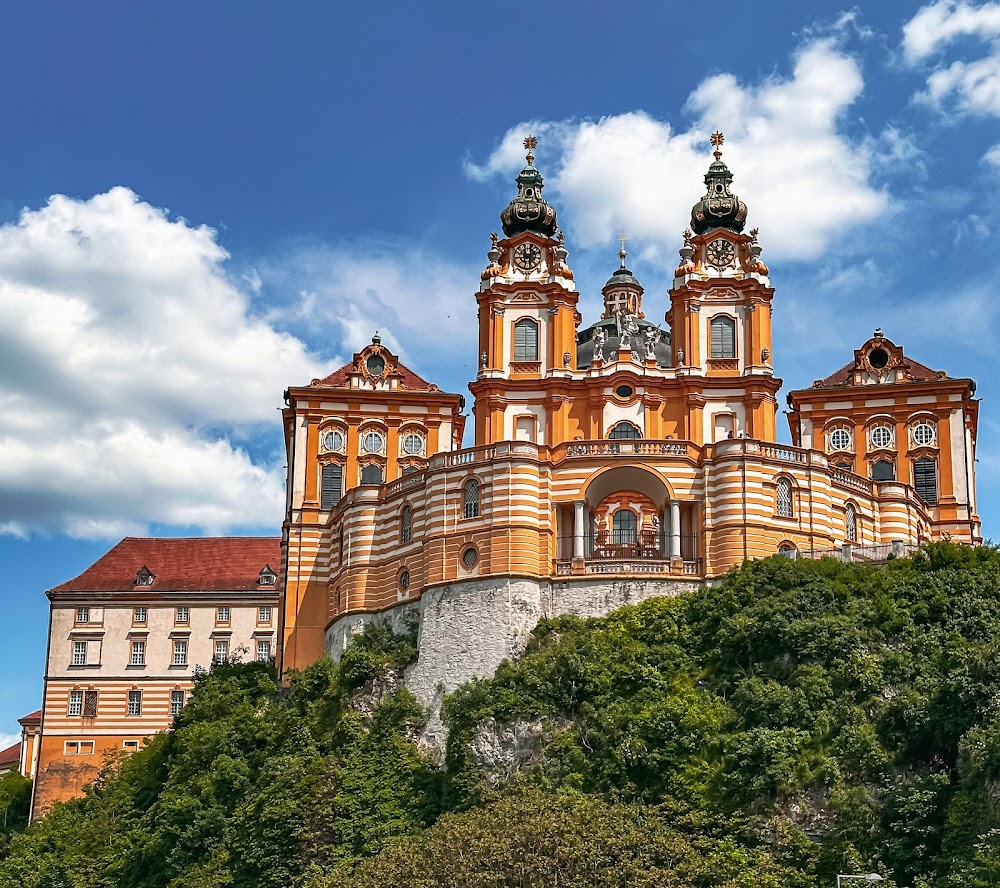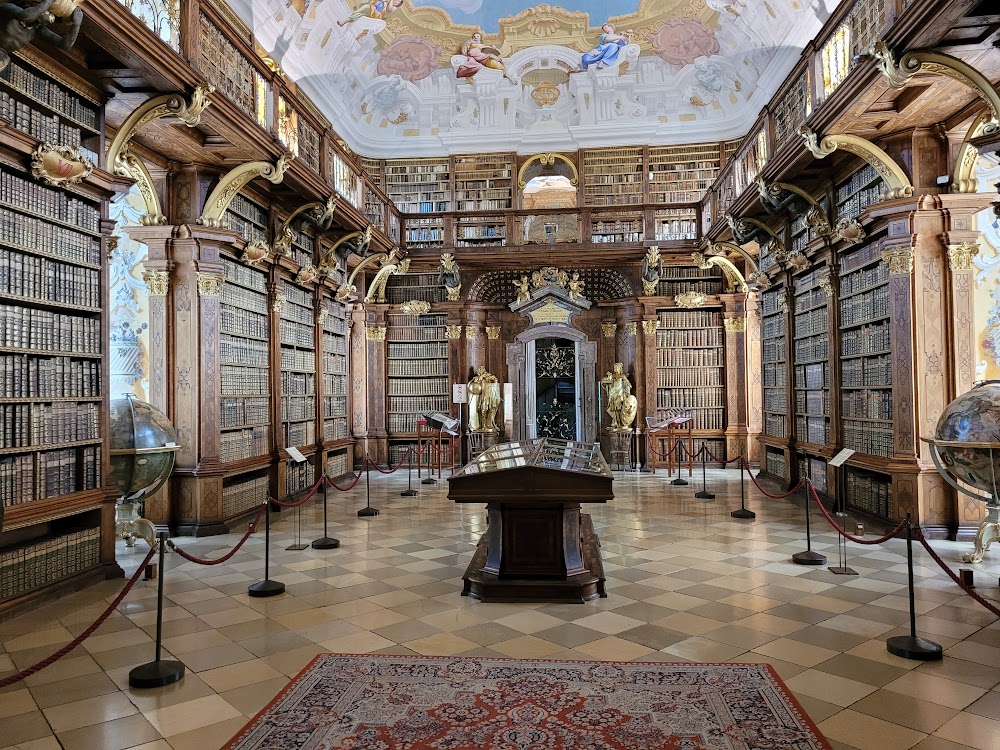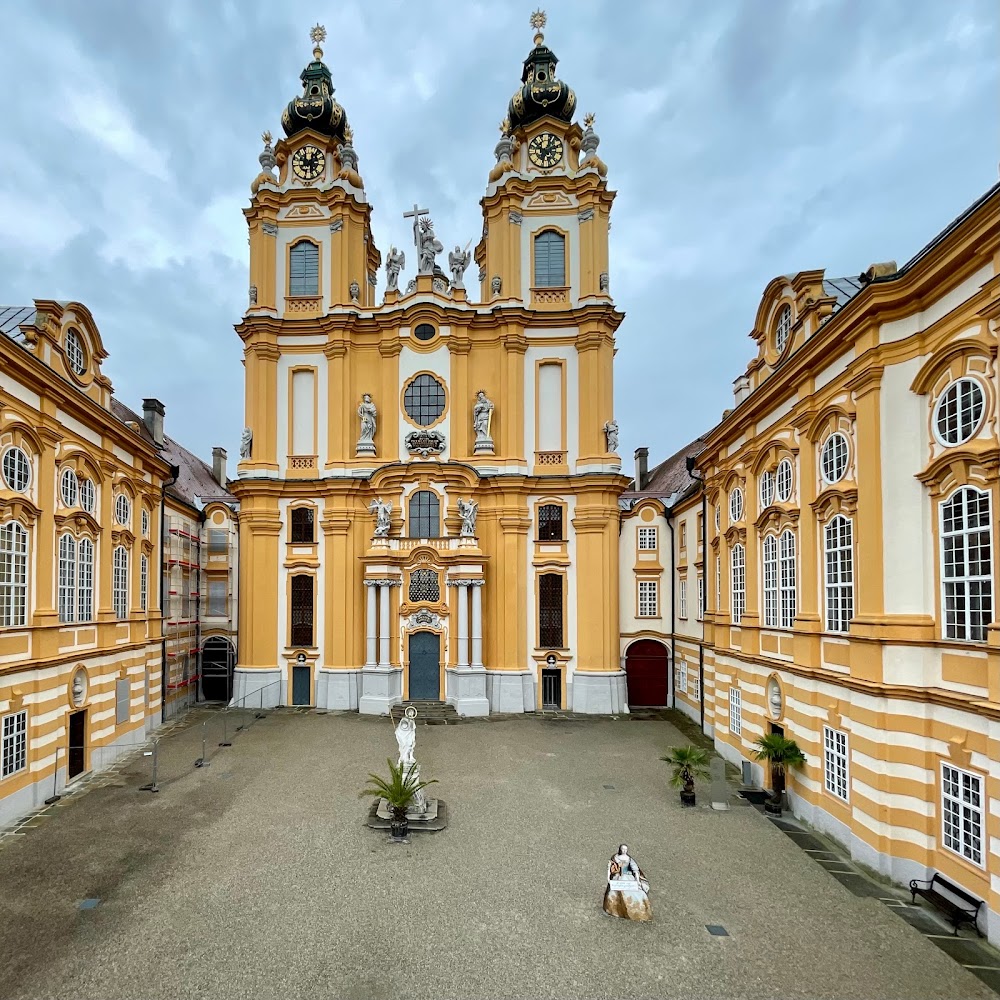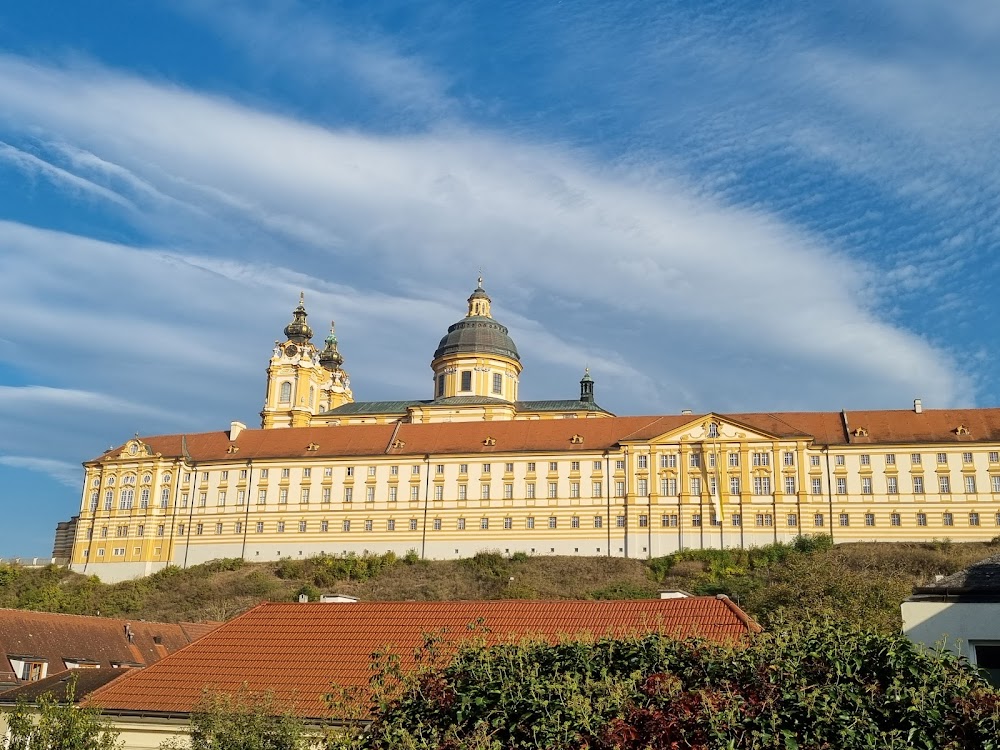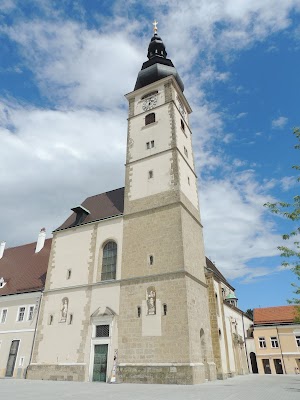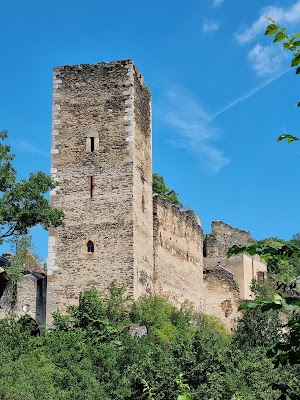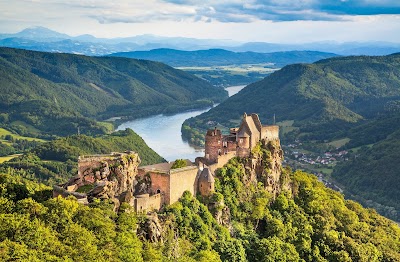Melk Abbey (Stift Melk)
Overview
Melk Abbey: A Majestic Testament to History
Nestled in the charming town of Melk, Lower Austria, Melk Abbey is a breathtaking Benedictine monastery that commands an awe-inspiring view of the Danube River. As a historic site with deep roots, it has served as a spiritual and cultural center for centuries. Its origins trace back to 1089 when Leopold II, Margrave of Austria, generously donated one of his castles to Benedictine monks from Lambach Abbey, laying the groundwork for what we now admire as Melk Abbey.
The Baroque Transformation
The transformation of Melk Abbey into a Baroque masterpiece began in the early 18th century. Under the stewardship of Abbot Berthold Dietmayr and the architectural genius of Jakob Prandtauer, extensive renovations took place between 1702 and 1736. This period saw the creation of the abbey's most iconic elements, including the grand library, the stunning marble hall, and the opulent church. Prandtauer's architectural brilliance, complemented by contributions from other notable artists like Antonio Beduzzi, elevated the abbey's grandeur to new heights.
The Splendor of the Abbey's Church
Among the many treasures of Melk Abbey, the church stands out with its lavish Baroque design. It features an exquisite high altar, skillfully crafted by Antonio Beduzzi. The ceiling frescoes, painted by Johann Michael Rottmayr, depict the triumph of the monastic order, creating a divine atmosphere that captivates all who enter.
A Jewel of Knowledge: The Library
The abbey’s library is another crown jewel, housing approximately 100,000 volumes, including rare manuscripts and ancient works. The beautifully frescoed ceiling, designed by Paul Troger, symbolizes the enlightenment that knowledge brings. With its grand wooden shelves and graceful spiral staircases, the library is not just a repository of books but a visual delight that enchants every visitor.
The Elegant Marble Hall
Melk Abbey also boasts a stunning marble hall, originally intended for imperial receptions. This elegant space is adorned with marble columns and a frescoed ceiling that illustrates the harmonious relationship between church and state. Like many areas of the abbey, the marble hall exemplifies the opulence and sophistication inherent in Baroque art and architecture.
A Center of Learning and Resilience
Beyond its architectural beauty, Melk Abbey has played a vital role in education since the Middle Ages. It continues to house a prestigious school that shapes the minds of young people today. The monks actively engage in various academic and religious pursuits, upholding the abbey's rich tradition as a hub of learning and spirituality.
A Testament to Endurance
Throughout its long history, Melk Abbey has faced numerous challenges, including devastating fires and threats from invading forces. Yet, the determination of the monks to restore and preserve this magnificent structure has ensured that it remains a beacon of cultural and historical significance. Today, Melk Abbey stands as a testament to the resilience and enduring spirit of its monastic community.
A UNESCO World Heritage Site
Visitors from around the globe are drawn to Melk Abbey to admire its extraordinary architecture, priceless artworks, and serene beauty. Designated as part of the UNESCO World Heritage site of the Wachau Cultural Landscape, the abbey holds an esteemed place in global cultural heritage.
The Legacy of the Benedictine Monks
The construction and evolution of Melk Abbey reflect the dedication and vision of the Benedictine monks who have called it home for centuries. Their unwavering commitment to preserving and enhancing this magnificent structure ensures that Melk Abbey will continue to inspire awe and admiration for generations to come.


